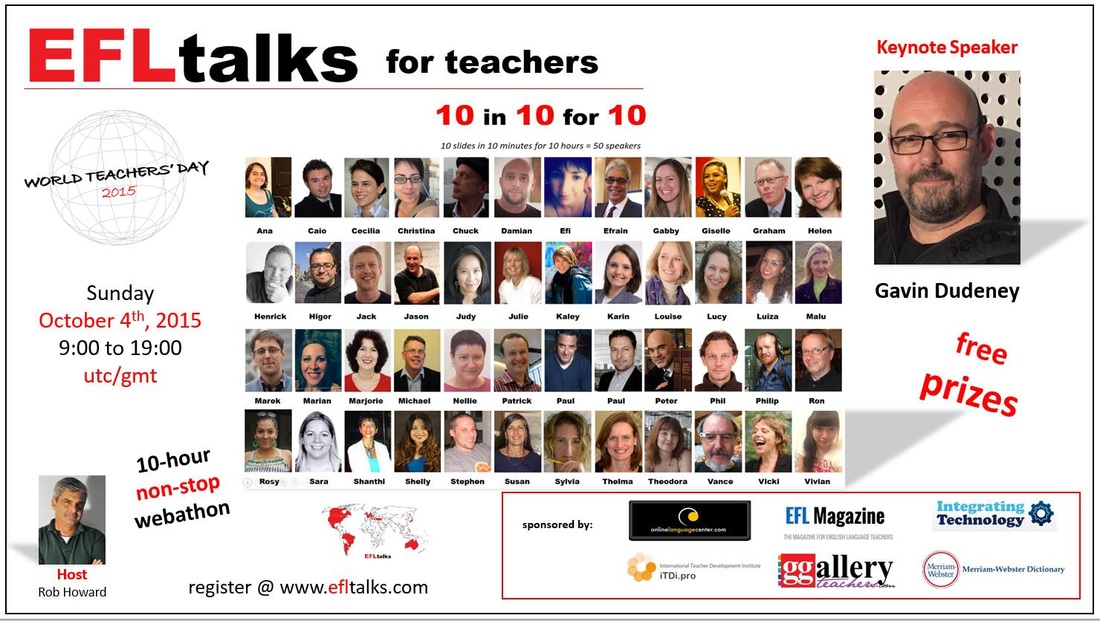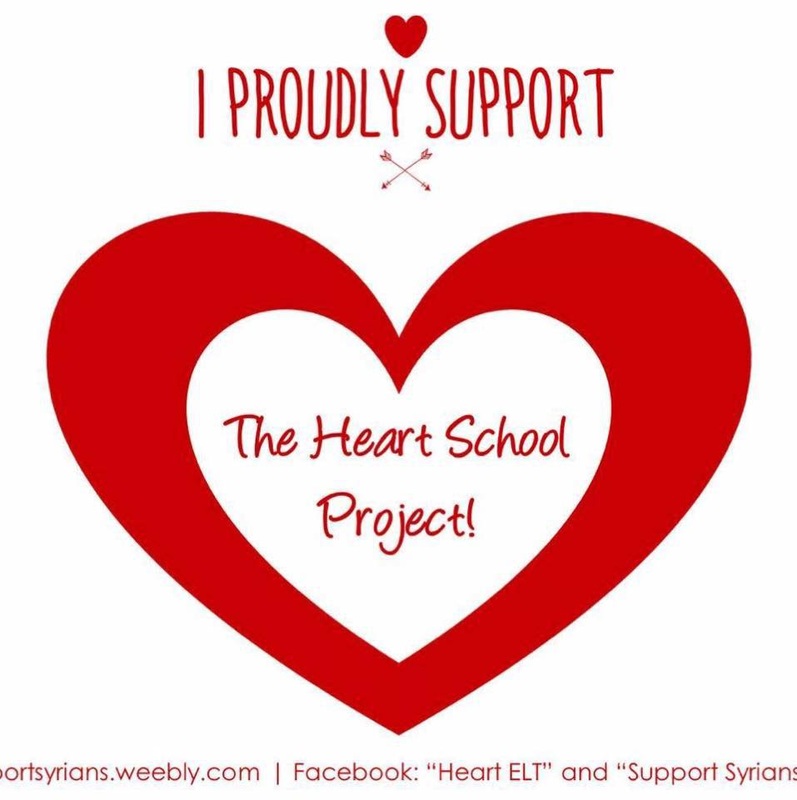|
Homework correction is always a boring activity: - a chore for teachers at home which is of little benefit to students who will quickly look at the red annotations before putting it in their bag, mistakes forgotten in a few minutes; - a bore for students if done in class: one student reads the answers while the others daydream and rarely pay attention. So how to maximise the benefits of learning from one's mistakes? For years I have been implementing correcting together on a 1-1 basis, having the student read aloud and making him note that there's a mistake but not telling him what it is, so he has to reflect and possibly discover the mistake for himself. This has a dual effect: practicing speaking by reading aloud and actively noticing mistakes so that they remain embedded in the student's memory rather that just a fleeting correction ready to be forgotten. Implementing this in the larger context of a class is also possible. In pairs the students swap their homework exercises and take turns in reading them to each other out loud. If they notice a mistake, they say so, show it to their partner and make the correction. In this manner they are again practising their speaking, paying attention to mistakes (usually easier to find in other people's work) and learning from this observation and correction. Finally, everyone is concentrated and engaged, nobody is daydreaming and everyone is focussed, thus maximising the benefits of lesson time. The teacher goes around monitoring the pronunciation and corrections. Even though the teacher cannot be omnipresent, you will certainly have noticed that when a student makes a mistake out loud on the other side of the classroom, somehow you hear it because it irritates you. My students are always amazed that I catch out their mistakes when apparently I'm listening to others across the classroom. Try it out - it's good for speaking, grammar and an engaged class! Beneficial to all including the teacher, who has more lesson preparation time and less correction time available. Let me know in the comments how you get along with this. Follow these tips and enjoy helping people learn English easily!!
Your English fluency teacher, Susan
0 Comments
It is no news that practising a language with games makes boring work much more fun and as a result much more effective, too.
I am always trying to create opportunities to practise the language in a motivating manner and although I had already mentioned using random wheels such as those of Wheeldecide, I have recently been caught up in such a frenzy of wheel creation, inspired by the enthusiasm of my students of all levels & ages, that I thought I should share some of them here, in the hope of inspiring you to create more of these fun wheels. 1 - END OF YEAR REVISION (or as a STARTER for the new school year) The last days of school are always difficult to manage with everyone tired & looking forward to the holidays. So I devised a game with a wheel of random questions based on the content of the class book (in this case DIGITAL ENGLISH FILE ELEMENTARY & INTERMEDIATE) for my adult evening class students. Easy to play: hit the wheel & take turns in answering the questions. It was a great success with my normally not so easy to engage adults & at the end of the game everyone had practised speaking various times whilst revising a year's content. Would make a great starter revision activity at the beginning of the year, too. Create your own wheel based on your classbook or wheeldecide.com or feel free to use mine:
2 - TENSE REVISION
Combining two wheels can provide endless combinations of effective, fun learning. Take my TENSE REVISION WHEEL and combine it with a wheel you make specific to vocabulary or expressions you are studying (for example a DAILY ROUTINE WHEEL). Then spin them both: get students to say (and perhaps write for consolidation) what comes out: SIMPLE PAST + GET UP = Yesterday I GOT UP late. PRESENT PERFECT CONTINUOUS + WAKE UP = I HAVE BEEN WAKING UP in the middle of the night recently. As you can see, the game can be useful for all age-groups & ranges of ability.
3 - FREQUENCY ADVERBS & CHORES
Similarly for elementary students needing to practise frequency adverbs & simple present tense, my 3 wheel game can be an effective way of repeating the sentence structures until they become second nature: Spin the SUBJECT PRONOUN WHEEL , FREQUENCY ADVERB WHEEL & CHORES WHEEL and say or write what appears paying attention to the third person: He always sweeps the floor. We never do the washing up. Add a fourth wheel, the AFFIRMATIVE-NEGATIVE-QUESTION WHEEL, for a complete cycle of sentence structure training.
4 - GETTING TO KNOW YOU
This wheel can be made for various age groups & used at the beginning of the year as a class or even better in pairs (on tablet or mobile phone). I also used it at the end of my school year as a way of consolidating acquired knowledge with primary school children.
5 - VOCABULARY RECOGNITION IN PICTURE
Choose a detailed picture (for children I like those for the Cambridge Starters exam - yle-starters-word-list-picture-book) and teach the vocabulary, verbs & expressions. Then write them on a wheel, spin & have the children identify the various words & expressions but showing them to you in the picture.
Remember to click the option to make the wedges on the wheel disappear if you don't want to repeat them.
Let the WHEELDECIDE and have lots of fun!! Please add any ideas of your own in the comments. Follow these tips and enjoy helping people learn English easily!! Your English fluency teacher, Susan
SPEAKING IS NEVER PRACTISED ENOUGH at any level and one of the easiest ways to do so while also REVISING VOCABULARY and TENSES is to take a pack of flashcards such as JOBS to represent people, take a pack of VERBS such as CHORES around the house and get students to turn over one of each card creating very SIMPLE FUN SENTENCES:
Cards: BAKER / HOOVER the living room Student 1: WHERE DOES a baker WORK? Student 2: A baker WORKS in a bakery. BUT the baker isn't working now. Student 1: WHAT's the baker DOING? Student 2: She's HOOVERING the living room. Cards: DANCER / HANG the laundry Student 1: WHERE DOES a dancer WORK? Student 2: A dancer DANCES in a theatre. BUT the dancer isn't dancing now. Student 1: WHAT's the dancer DOING? Student 2: He's HANGING the laundry. As you can see, it's good to practise affirmatives, negatives, questions, continuous tenses etc. Depending on which cards randomly appear, amusing sentences may be created. You can practise other tenses, too: Cards: BUTCHER / IRON the laundry Student 1: WHAT DID the baker DO yesterday? Student 2: He DIDN'T WORK in the bakery. He IRONED the laundry. Cards: POLICEMAN / MAKE the beds Student 1: WHAT HAS the chemist DONE today? Student 2: He HASN'T WORKED at the police station. He HAS MADE the beds. Cards: HOUSEWIFE / DO the gardening Student 1: WHAT IS the housewife GOING TO DO? Student 2: He ISN'T GOING TO WORK in the house. She'S GOING TO DO the gardening. The OBJECTIVE is to help students make sentences speaking and PRACTISE THROUGH REPETITION rather than through grammatical explanations. Using the language is the best way for students to learn it. You can also introduce frequency adverbs with a dice to add fun and practise. Please write any other ideas you may have in the comments box below. A FUN ALTERNATIVE is to SPIN the WHEELS below to create RANDOM sentences. (Make your own wheels at Wheeldecide.com) I hope these ideas were useful for you! Susan thereby unleashing their creativity, hiding their shyness to speak English behind the characters of the cartoon.Image credit: https://toontastic.withgoogle.com Hi teachers and language students! Have you ever heard of TOONTASTIC? Today I'm really excited to present to you TOONTASTIC, which I discovered very recently. It's an excellent app that you download on your phone. You then ask students to prepare, either spontaneously or with a script, a small sketch in which they take advantage of all the fun activities that are available on this to create a short story. It's very exciting, very easy to use, can be used offline as well and I'd like to give you some examples of what some of my students created in the video below. The very young students under age six need a lot of help with laying out the story and practising what to say before recording the one-minute scenes but older students are able to do it all by themselves. I also use this with some high school students and they can explain a scientific experiment, a historical event or represent a topic, as some 10-year olds did recently, by inventing a sketch on bullying which was very effective to convey an important message. Image credit: https://toontastic.withgoogle.com There are three possibilities: a 3-scene sketch called Short Story, a 5-part sketch called Classic Story or a 5-part Science Report. The students can use the characters proposed as they stand, customise them changing their colours, adding photos of the students' faces on them or drawing the characters themselves. For language learning purposes I ask them not to waste time on changing the characters because our objective is practising the English language. There are various settings to ignite the students' imaginations and in each setting many exciting things happen such as the cannonball shooting out when ignited, the volcano exploding when touched, the cable-car starting and stopping, doors opening and closing, all activated by the students touching various parts of the settings. The characters themselves also have exciting surprises such a those whose parachute opens, those whose tongue licks out unexpectedly and so on. As you can see, it's a very flexible app that can be used by all ages and what's exciting is that even shy students can speak because they hide behind the character and it really gets people talking. So the most interesting characteristic of this application is that we're getting students to finally speak and speak spontaneously. That's why I don't correct every mistake they make because it's better for them to become confident making a few mistakes than correcting every grammar point and then being shy to speak. So I definitely recommend TOONTASTIC. Have fun with it, try it out and as you can see, at the end it really turns out like a real film: they also show who made it which makes it a little more fun and realistic - directed by... starring... etc. Please write your experiences with the app in the comments below. It will be really interesting to hear all the different ways you use this app. Hoping to have shared some useful information. Your fluency teacher, Susan Images credit: https://toontastic.withgoogle.com Well, my theory is that it's best to learn to speak English, or any language if it comes to that, naturally. Therefore it's fine to learn grammar and vocabulary in the traditional way but that won't really help you speak it naturally. You have to think of languages as a puzzle. Every language has its verbs, subjects, objects, prepositions, adverbs, adjectives etc. but every language has a different combination of these. If you can think of language like Lego pieces - some languages will, for example, have the adjective before the noun and others will have it after the noun, so learning all these things individually doesn't really help you to speak naturally and correctly. So what's the best way to learn to speak naturally and as a result also write naturally? Well, the best way is to think of these puzzle pieces in bigger chunks, learn them and then put the bigger puzzle pieces together and that will help you speak more naturally. Now, of course, you need to practice this. Practicing anything is the best way: so if you want to remember that an adjective goes before the noun, as it does in English, you have to remember the structure and practice it in many, many ways: you can say, “my sister has long curly hair, my son has short curly hair, my brother has short wavy hair" and if you repeat the structure in various contexts, slowly, slowly you'll get better at it. The important thing is to repeat the longer structure, the longer puzzle piece and then put the puzzle pieces together. So the trick is to take chunks, complete chunks which you can pick up from books, audios podcasts, films, anywhere - you can notice notice them even in your traditional books, the ones that you've been studying; you can notice that there are pieces we fit together and then you have to practice them all the time in your daily life. For example, you know that TO is usually connected to movement so you can say, “I'm going TO the supermarket, I'm going TO work, I'm going TO church, I'm going TO hospital” and if you practice it enough “ going TO will become second nature. Of course you have to remember the exceptions, such as “going HOME” which doesn't have the preposition 'TO'. The best is actually if you can personalize it and make it something that is important to you and therefore you'll remember it. For example you could pick your daily routine to practise using “go TO” and start off with: "in the morning I go TO work but on the way I take the children TO school then when I return HOME I go TO the gym - so if you are putting it into a personalised context it's that much easier to remember and much more meaningful. So try it out and let me know how you get on. I hope you find this advice useful. Susan International venues are the perfect place for you to practise your English & for me to discover mistakes which I can teach my students to avoid. Today I'm at the European Inline Speedskating Championships in Portugal & the speaker is doing an excellent job of introducing the skaters and cheering them on, giving us the results in a variety of languages, the main one obviously being English. He speaks it very fluently and comprehensibly but makes mistakes because he sometimes thinks in his own language and uses the wrong collocations. As we were leaving the track, for example, he kindly wished us, "Make a good lunch!" Now MAKE LUNCH means to prepare it whilst he almost certainly meant, "Have a good lunch", because HAVE LUNCH means to enjoy lunch. So it's very important to learn chunks of language to sound as natural as possible. Chunks can also be longer groups of words which are always used together. When you read, listen to native speakers and watch films, observe the sentences which are used repeatedly together and learn to use them so you sound natural. Chunks are like Lego pieces of different colours, sizes & lengths. You can build them together in various combinations but you will always sound more natural than if you translate. Take my word for it, use chunks to sound more natural! I hope these tips were useful for you! Write some chunks in the comments box below for others to learn. Your English fluency guide, Susan HOW do CHILDREN LEARN A LANGUAGE so easily? The SECRET to FLUENCY!! - Student learning tips25/6/2017 What's the best way to learn a language? |
||||||||||||||||||||||||||||||||||||||||||||||||||||||||||||||||||||||||||
|
|
||||||||||||
First of all LEARNING has to be FUN for younger students and at least ENJOYABLE for adults.
- so to start with, for the younger ones ACTION-SONGS represent a fun, repetitive and meaningful way to learn natural expressions easily.
- once the expressions have been introduced, by action songs, flashcards or other means in the case of adults, I usually get them to play SNAP with the cards seeing if they can think of a complete sentence using this expression, perhaps adding a little fun by ringing a bell for the first person who can think of a sentence.
- but the MOST INTERESTING repetitive FACTOR which HELPS the STUDENTS CREATE and PRACTISE NATURAL SENTENCES is the introduction of SPECIAL custom-made DICE with the language you would like them to practise.
- Every time they turn a card they have to throw one or more dice and create sentences accordingly. As you can see from the picture, it’s very easy even for beginners or younger students to form sentences and the constant repetition helps them instill the grammatical structure naturally so they get a feel for the language just as a native learner does as he’s growing up.
- Custom-made dice I have been using are:
- Subject pronouns
- Frequency adverbs
- Time expressions
- Expressions for Present Perfect (already, just…)
- Expressions for Simple Past (yesterday, ago…)
- Clock faces for learning to the time
- + affirmative, - negative, ? question to practise all forms
- Object pronouns
- Possessive adjectives
The games I have been using recently are a complete success in the amount of fun the students have not only playing but managing to create a lot of correct sentences with the pronouns I, he & she, the frequency adverbs and a time expression. I have introduced affirmative, negative & question dice for older and more proficient students. I recommend trying it out for yourselves!
Check out my latest Household Chores Routine Song for some language to make playing cards with, as well as my recent Morning, Afternoon, Sports & Clothes Routine Songs
I hope you find this useful.
Please leave any comments below and if you like this blog, please subscribe for more updates.
Susan
|
|
| ||||||||||||||||||
|
| ||||||||||||
I love using artwork in my English lessons as it exposes people to lovely works while practising language skills. Using the GOOGLE ART PROJECT a few years ago I expanded a painting to its maximum size to expose incredible details not normally visible to the eye, at the same time making the painting difficult to recognize. This is excellent to hone describing skills as well as hypothesizing about its style and artist, hopefully leading to recognizing the painting.
I therefore CHALLENGE YOU to SPEAK ABOUT this SECOND IMAGE of the painting and SEE IF YOU CAN GUESS what PAINTING it is!
More images of the same painting to come soon…
Write your answers in the comments below!
Some language to use:
In my opinion…
I think it’s…
The dog could be a …
Mongrel
Bulldog
Terrier
Poodle
Setter
I’m not sure…
could
may
might
It must be…
It can’t be…
I don’t think it’s…
Perhaps it’s…
Maybe it’s…
This activity can also be done in pairs so as prompt each other with questions such as:
“What do you think?”
“Do you agree?”
“Have I missed anything?”
I disagree.
I hope you find this useful.
Please leave any comments below and if you like this blog, please subscribe for more updates.
Susan
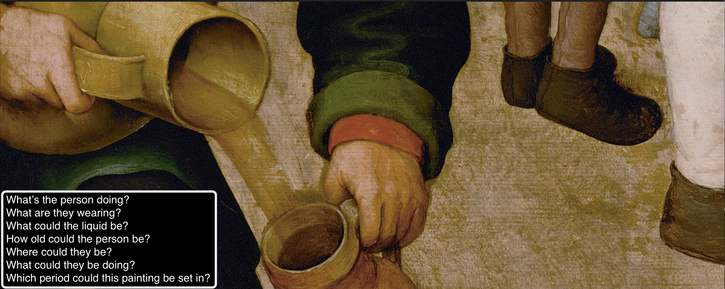 Image Credit: Google Arts & Culture features content from over 1,000 leading museums and archives who have partnered with the Google Cultural Institute to bring the world's treasures online.
Image Credit: Google Arts & Culture features content from over 1,000 leading museums and archives who have partnered with the Google Cultural Institute to bring the world's treasures online. I love using artwork in my English lessons as it exposes people to lovely works while practising language skills. Using the GOOGLE ART PROJECT a few years ago I expanded a painting to its maximum size to expose incredible details not normally visible to the eye, at the same time making the painting difficult to recognize. This is excellent to hone describing skills as well as hypothesizing about its style and artist, hopefully leading to recognizing the painting.
I therefore CHALLENGE YOU to SPEAK ABOUT this FIRST IMAGE of the painting and SEE IF YOU CAN GUESS what PAINTING it is!
More images of the same painting to come soon…
Write your answers in the comments below!
Some language to use:
I’m not sure…
could
may
might
It must be…
It can’t be…
I don’t think it’s…
Perhaps it’s…
Maybe it’s…
This activity can also be done in pairs so as prompt each other with questions such as:
“What do you think?”
“Do you agree?”
“Have I missed anything?”
I hope you find this useful.
Please leave any comments below and if you like this blog, please subscribe for more updates.
Susan
How to GET even YOUNGER STUDENTS or ELEMENTARY students SPEAKING EASILY!
So speaking is very important right from the start, even with limited knowledge of vocabulary and tenses. Getting the mouth to shape the words and making mistakes is fundamental to building confidence and practising pronunciation.
I always encourage speaking from the start even for elementary students and young children. But very often they are at a loss for ideas of what to say.
So I decided to get about 80 small pictures and laminate them, dividing them into two categories:
- PEOPLE / ANIMALS / THINGS
- PLACES
I put a small piece of rough velcro on the back of each and made ‘velcro boards’ with the soft part of the velcro so that students can stick the two pictures on the board next to each other. It takes a little preparation but they can be reused infinitely, creating new sentences every time.
(‘Velcro boards’ also allow students to quickly create ‘stories’ with a series of pictures or daily routines which they can then tell the rest of the class.)
The two categories are spread out onto a desk, category 1 on the left and category 2 on the right.
Younger children also enjoy making up silly sentences (e.g. ‘A dolphin is flying in the sky.’) but as long as they know the meaning it adds up to a little creative fun.
- ‘The airplane is flying over the waterfall,’ can become ‘The airplane is flying over the waterfall to show it to the tourists.’
- ‘The dog is running in the forest,’ can become ‘The big black dog is running in the forest to get some exercise.’
I hope you find this useful.
Please leave any comments below and if you like this blog, please subscribe for more updates.
Susan
SPEAK Languages & TRAVEL the World as the name for my website just cropped up in my mind spontaneously one day without having to think at all. After a lifetime of travelling and speaking various languages it just came very naturally because I have always appreciated being able to communicate more or less efficiently during my travels. One of the only countries where I had great difficulty in 1987, when I was one of the very first independent visitors to enter the country, was in China, a still very medieval country in every way then. It was that much more interesting, like going back in time, a real challenge for communication also because of the Chinese characters which we couldn't read. A tiny phrase book came to our rescue when hands, feet and drawings failed to communicate our needs. Nobody, not even in the big hotels, spoke English then!
Exactly 29 years later I have returned to China to watch my daughter compete in the World Inline Speedskating Championships in Nanjing. What a land of contrasts today: Nanjing is an ultramodern town full of very efficient services like the clean, fast metro; the extremely wide roads and roundabouts are lined & adorned with beautifully groomed trees, plants & bushes turning them into incredible parks and young people dressed like in the west are all engrossed in their smartphones. Yet there are many tell-tale signs that make me feel the countryside I haven't had the opportunity to visit this time around is much more traditional in its ways: meeting women with baskets balanced from their shoulders like scales, full of fruit to sell; the loud clearing your throat before spittle lands noisily on the floor; the women with scythes cutting the grass along the roadsides and leaving their pans of rice dishes in the sunshine to warm up for lunch; the shyness in meeting foreigners...
Yes, while China has made progress in leaps & bounds from medieval to ultramodern in just 30 years - Beijing, an invasion of bicycles, only had taxis and cars for diplomats 30 years ago - my experience in town, even in the big hotels, even young doctors, was that 90% of the young population still does not speak any or does not feel comfortable even trying to speak English. Most people avoided me if I asked a question because they felt embarrassed. No one thought of using hands, feet or drawings but many googled the expressions they wanted to use into their smartphones, sometimes coming up with very funny expressions which had nothing to do with our conversations.
So why go to the bother of learning a foreign language when you can 'Google' it?
Because communication is not only about basic needs but also about expressing feelings and emotions that need human contact and not only a 'cold' digital translation. Learning a foreign language gives you insight into a people's culture and opens your mind. Let's not give 'Google Translator' the opportunity to take away those incredible experiences from us. Let's carry on learning languages to travel the world!!
I travel around a lot to follow my children in their international speed skating events. We are just returning from Holland after an eight day European Speed Skating Championship from which I can proudly say my daughter is returning with one silver medal and one gold!! She confirmed herself European Champion in exactly the same race as she won gold in last year. A part from my children, who I made sure speak fluent English (bilingual with Italian), all the other athletes from different nations had varying degrees of difficulty and/or shyness to let themselves be interviewed. Those from Mediterranean countries having many more difficulties expressing themselves in English & so avoiding interviews or speak telegraphically: 'Yes', 'No', 'Very good', 'Very happy'.
Interviewer (I): "Hi, you have just won a gold medal in this race. How do you feel?"
ATHLETE (A): "I'm really excited. I trained really hard to reach this level and this is the result."
Interviewer (I): "Was the race difficult?"
ATHLETE (A): "Well, it was a little fast/slow/tricky but I managed to come first."
Interviewer (I): "What are your next goals?"
ATHLETE (A): "With these results I hope to be able to take part in the .... Championships."
These questions were conceived to be very general so they can be used for various sports. If you have any interview questions & answers you'd like to prepare specifically for your sport then please contact me through my website or also here.
Don't forget to subscribe to my blog so as not to miss any blogposts.
If you'd like to improve your listening and speaking skills take a look at and subscribe to my YouTube channel.
Below are just a few ideas, vocabulary and expressions to ask questions with:
- Prepare questions using: How long...? Which... ? When... ? Where... ? Who... ? etc.
- Comparisons. '
- more powerful than
- the most powerful
- as... as
- New vocabulary, verbs, passive tense and collocations:
- conquered (by)
- reign lasted
- were in power for
- lasted
- weak / strong
- great
- destroyed (by)
- short-lived
- long-lived
- Western / Eastern world
- Middle-East
- developed
- grew
- maintained
- people vs population
You can download THE HISTOMAP below. I found it freely downloadable in Internet ..
Hope you find some stimulating questions to ask with it!
Susan
If you have NO TIME to STUDY but want to improve your English in 10 minutes a day, while you are DRIVING TO WORK or MAKING DINNER, check out
LEARN ENGLISH NATURALLY
with GUIDED FLUENCY & LISTENING PRACTICE
ONLY 10 minutes a day take you a very long way…
http://bilingual-communications.weebly.com/store/c1/Featured_Products.html
Also check out MY PLAYLIST
for more of Susan's ESL Learning Videos (Chants & Songs)
https://www.youtube.com/playlist?list=PLrvV_PywFOlxgfR5RpMw7rLsI6ai3yHai
| histomapwider.jpg_2.097×9.554_pixel.pdf | |
| File Size: | 4043 kb |
| File Type: | |
I have been setting expressions to music and rhythmic chants for decades with excellent results.
GOOD AT is an expression which many of my students just cannot remember and I would like them to be able to use collocations spontaneously - so I have invented this chant in the hope of fixing this expression forever!!
You can download the worksheet to the song below.
Hope it's useful!
Susan
| | ||||||
One of these is when narrating events, they tend to say ... and AFTER I went shopping… instead of saying ... and afterWARDS I went shopping.
AfterWARDS… means ‘after THAT’ and it avoids having to repeat what was mentioned earlier:
I brushed my teeth and after brushing my teeth I went to bed.
To avoid repetition we say:
I brushed my teeth and afterWARDS I went to bed.
First…
Then…
AfterWARDS…
Finally…
and your English will sound natural.
I hope you find this useful.
Susan
| |
Yet in reality numbers are not at all complicated if you know the rules.
Numbers are everywhere and form an important part of language speaking whether you are a tourist or a businessman.
Numbers come in all kinds of formats: they can represent a statistic, a price, a date, a year, a time, a temperature… just to name a few.
So let’s have a look at how to say numbers:
Presuming everyone knows the basics of numbers from 1 – 100…
- the first thing to distinguish is THE DIFFERENCE BETWEEN A NUMBER AND A DATE:
- a NUMBER is just read like any cardinal number: 21, 22, 24, 24, 25
- a DATE is always read as an ordinal number: 21st, 22nd, 23rd, 24th, 25th
- THE DIFFERENCE BETWEEN A YEAR AND A NUMBER:
- a YEAR is usually read TWO by TWO in British English:
- 1995 = 19 95 (nineteen ninetyfive)
unless we are referring to the years between 2000 – 2009
- 2009 = 2009 (two thousand AND nine)
only since the turn of the century in American English it is acceptable to continue this system referring to the year as
- 2016 = 2016 (two thousand AND sixteen)
- a NUMBER is ALWAYS read as a whole:
- 1995 refugees disembarked = 1995 (one thousand, nine hundred and ninetyfive)
- to practise and gain confidence start from the end:
43 – forty three
543 – five hundred and fortythree
and- it’s important to always say the AND after the word hundred even if we usually abbreviate it with ‘n )
6, 543 – six thousand, five hundred ‘n fortythree
76, 543 – seventysix thousand, five hundred ‘n fortythree
876, 543 – eight hundred ‘n seventysix thousand, five hundred ‘n fortythree
9, 876, 543 – nine million, eight hundred ‘n seventysix thousand, five hundred ‘n fortythree
as you can see, it’s really easy and only a question of practice. I recommend reading any numbers you see around you – the number of the car in front of you at the traffic light, street numbers and many more surrounding you in daily life… always start from the end until you become confident.
- A PRICE: £2.10 = £2. 10 (two pounds ten) / $2.10 = $2. 10 (two dollars ten)
- A STATISTIC:
- 20% = 20 % (twenty percent)
- 1.5 = 1 . 5 (one POINT five)
- A TEMPERATURE:
- 18°C = 18 ° C (eighteen degrees Centigrade) /
- 64°F = 64 ° F (sixtyfour degrees Fahrenheit)
Gain confidence with numbers - the more you practice the easier it gets!
You can download this document for easy reference.
Hopefully this will have clarified numbers for you.
Susan
| | ||||||
I tried this activity out in two different versions and was amazed by the results!
These spectacular videos of nature are commented by actors impersonating an aspect of nature: Mother Nature, the Sky, the Ocean, the Mountain, Water, Ice and many more…
In the first activity I asked some tired adults at the end of their late evening’s two-hour conversation lesson to watch the video on Mother Nature with subtitles in English. I then gave them 3 minutes to discuss in two teams what they were going to say impersonating Water in one group and the Sky in the other. They had to speak for between 30 seconds and a minute since it was late and the lesson was drawing to a close. One representative from each team made interesting and detailed descriptions of their characteristics as elements of nature filling the minute easily. Despite the late hour their speeches were very complete and they really enjoyed the brief activity.
I therefore recommend this activity and would be curious to hear other experiences on the subject. The videos belong to the series: Nature is speaking.
(*if only I could remember whose)
I hope you like this suggestion.
Susan
Categories
All
Acting
Adults
Advanced
Birthday
Children
Christmas
Describing
Elementary
Game
Grammar Revision
HEARTELT.ORG
IATEFL
Intermediate
Listening
Listening Comprehension
Modals
Passive Tense
Past Simple
Prepositions
Present Continuous
Present Perfect
Present Simple
Pronouns
Pronunciation
Reading
Reflections
REVIEW
Scanning & Skimming
Senses
Songs
Speaking
Strategies
Teens
Toddlers
Writing
Author
My name is Susan Brodar, born in London into a multilingual family and brought up bilingual English / Italian.
I went to school in London until 15 when we moved to Germany where I finished my British education at Munich International School. I started teaching Italian at evening classes aged only 17 and studied Mass Communications and Journalism at Munich University.
I continued teaching parallel to interpreting at trade fairs and business meetings as well doing translations. After working at the Italian Institute for Foreign Trade for a year I married my Italian globetrotting companion in 1983 and we set up our home near Venice, Italy where we continue to live with our two teenaged children.
Having taken my British High School-leaving ‘A’ Level exams in English, Italian, French & German I am completely fluent in all four languages and am taking a DELE certification in Spanish to complement them.
ENGLISH (native)
ITALIAN (native)
GERMAN (C2)
FRENCH (C2)
SPANISH (B2)
Archives
December 2018
October 2018
July 2018
January 2018
December 2017
November 2017
October 2017
August 2017
July 2017
June 2017
April 2017
February 2017
January 2017
November 2016
October 2016
September 2016
August 2016
June 2016
May 2016
April 2016
March 2016
February 2016
January 2016
December 2015
November 2015
October 2015
September 2015
August 2015
July 2015
June 2015
May 2015
April 2015

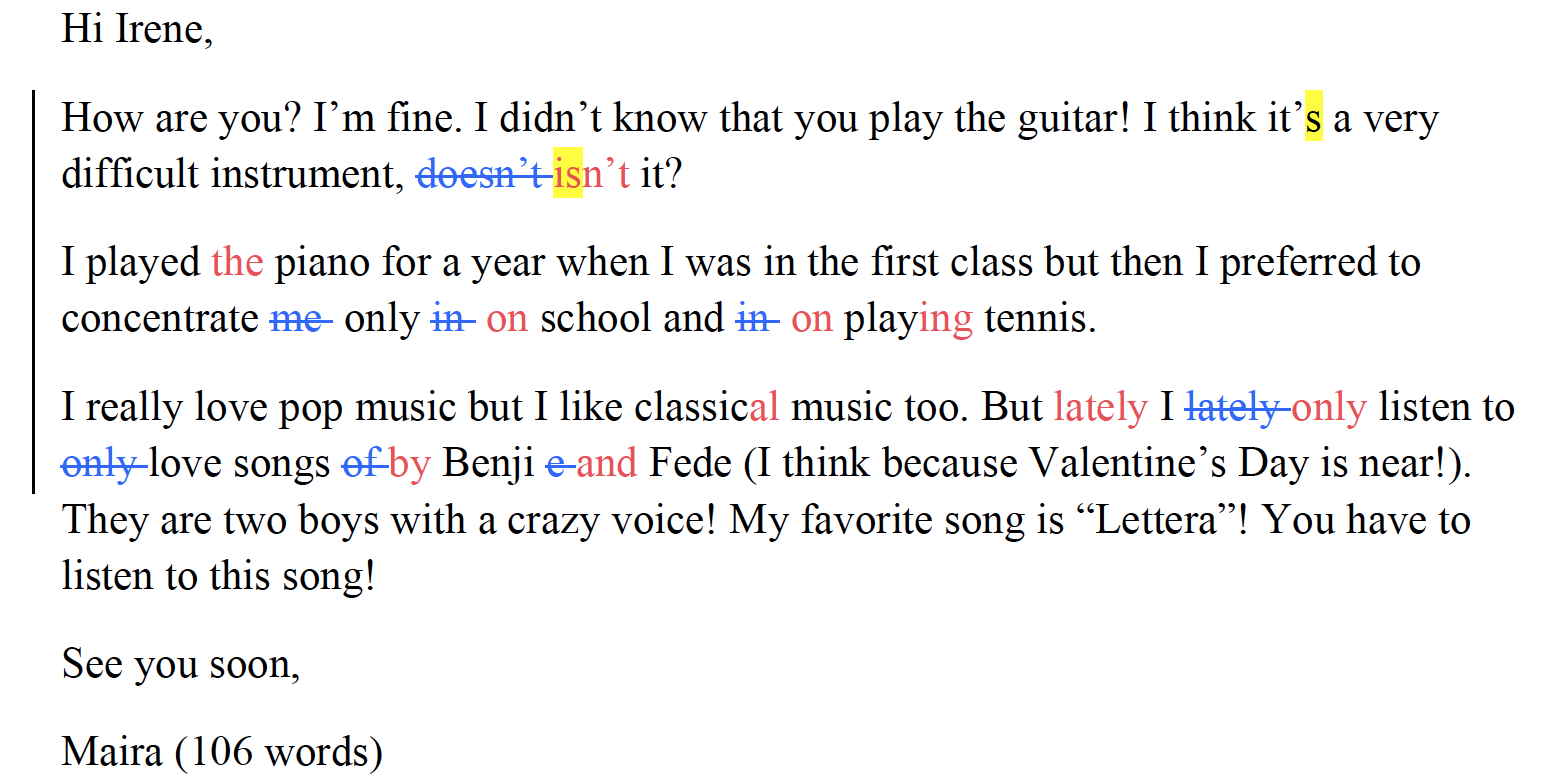
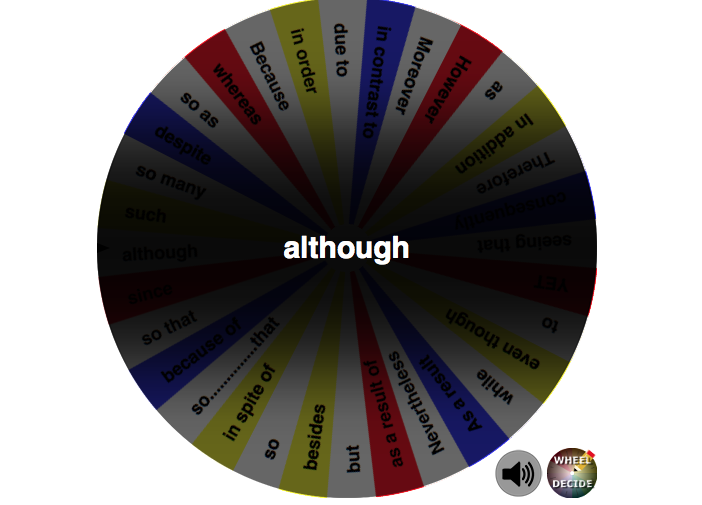
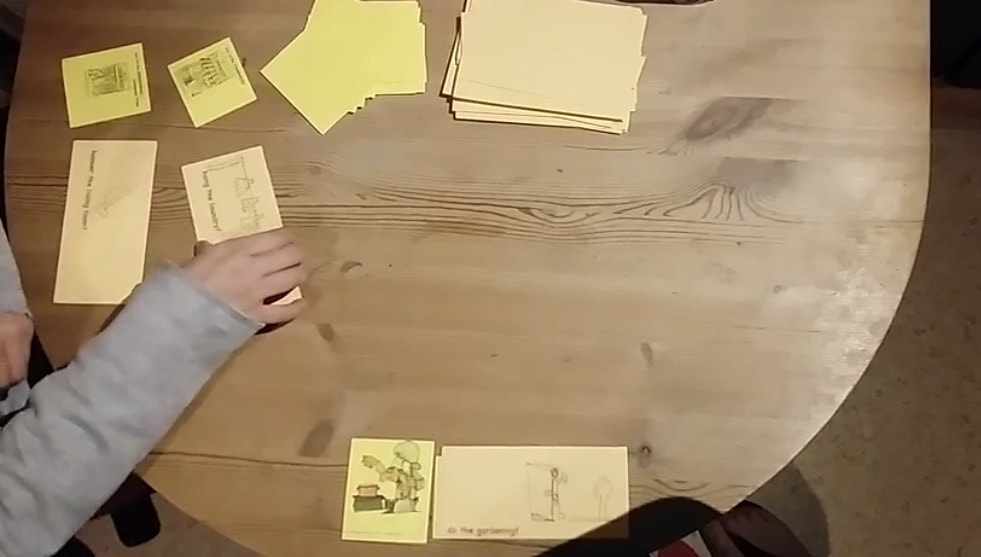


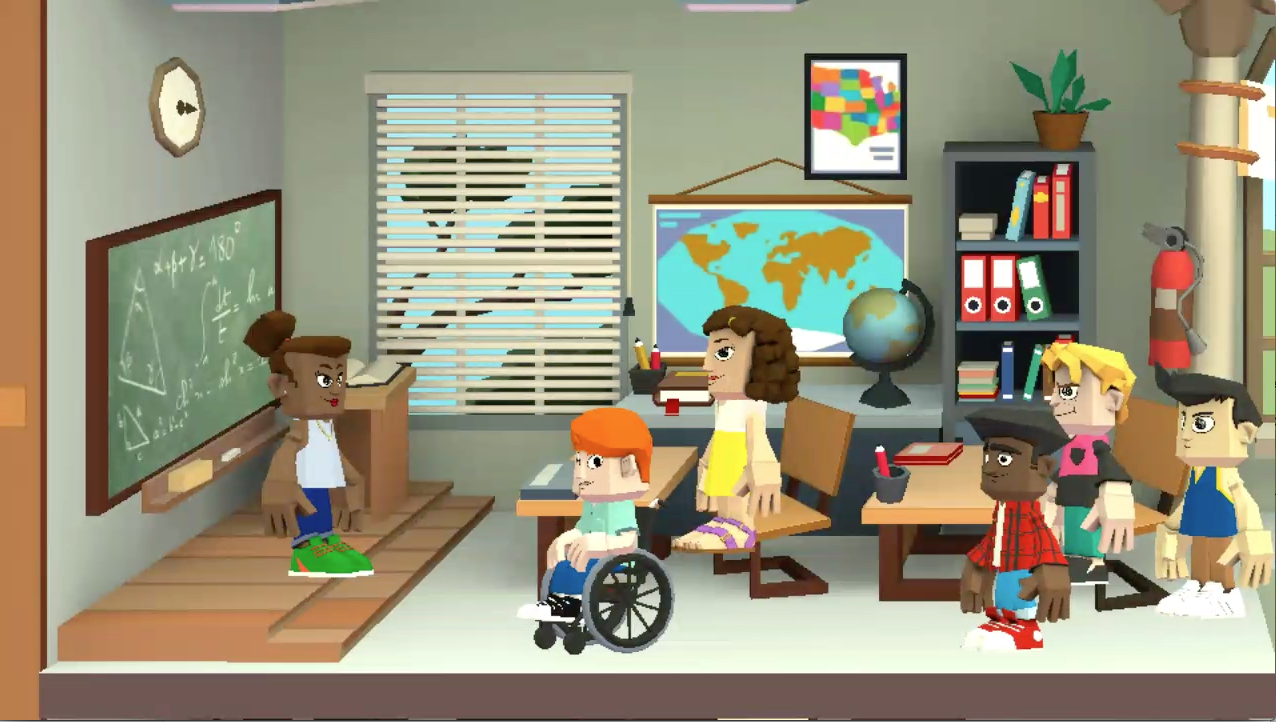

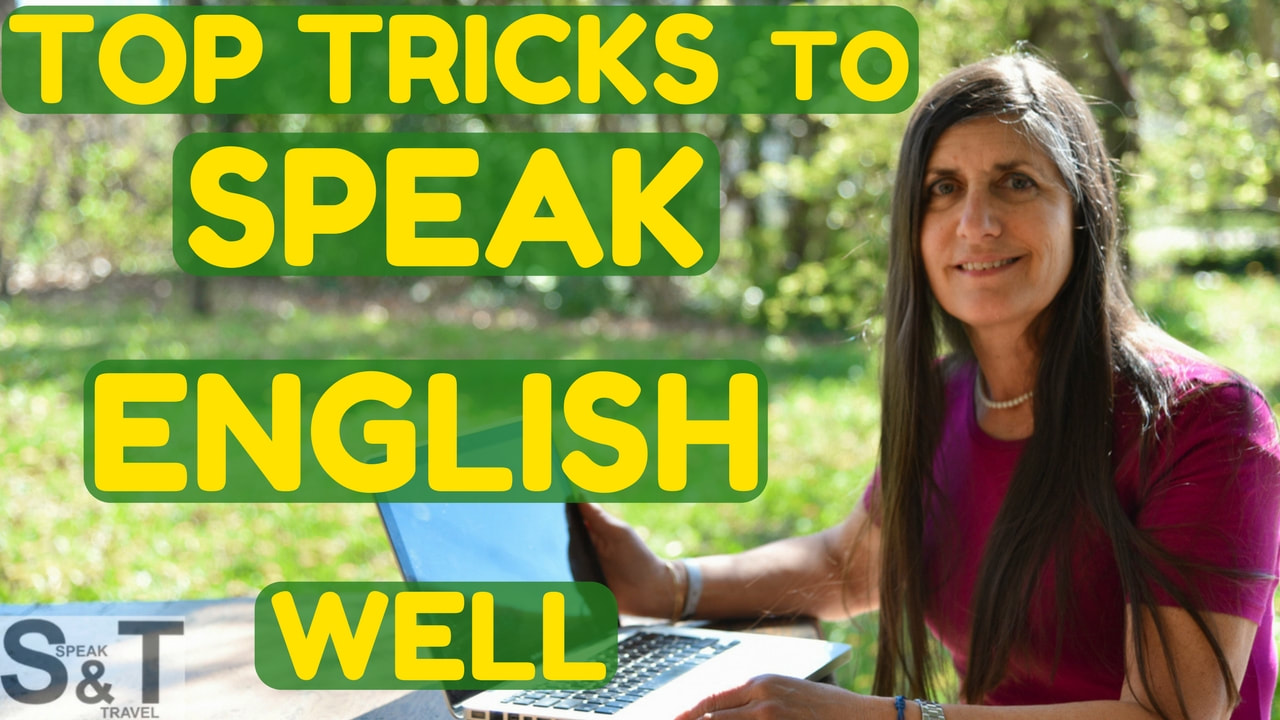


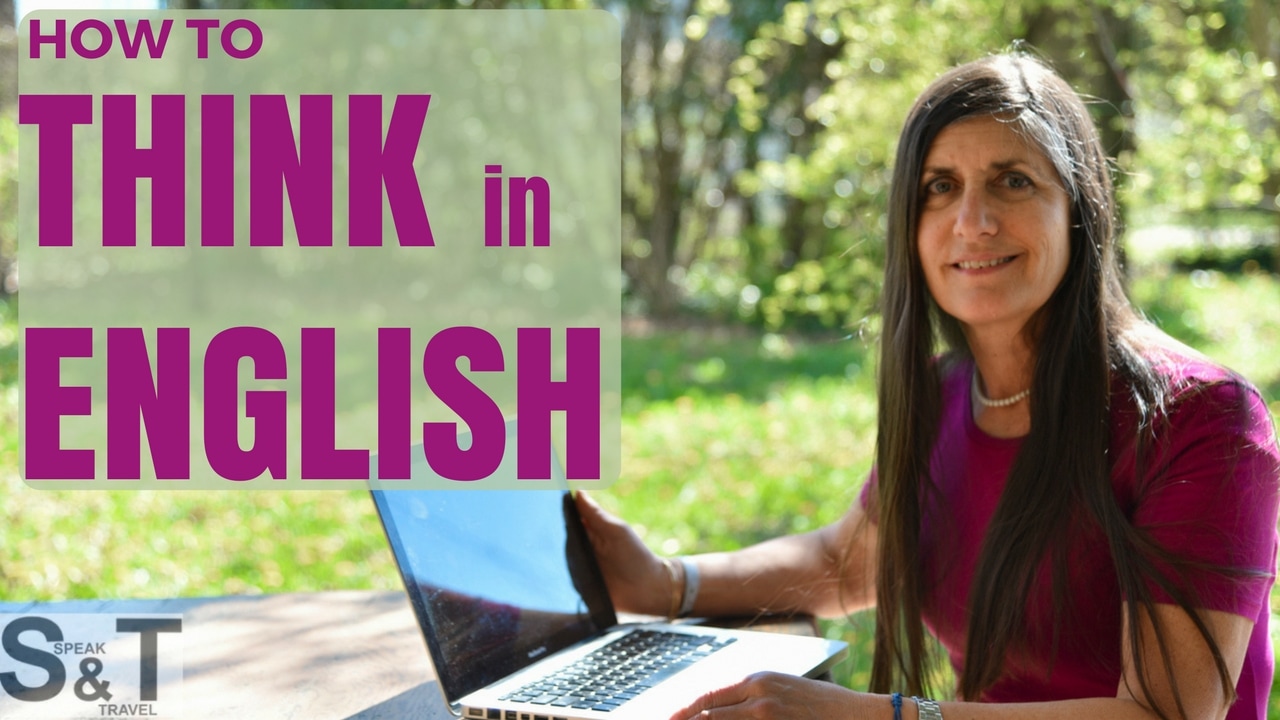


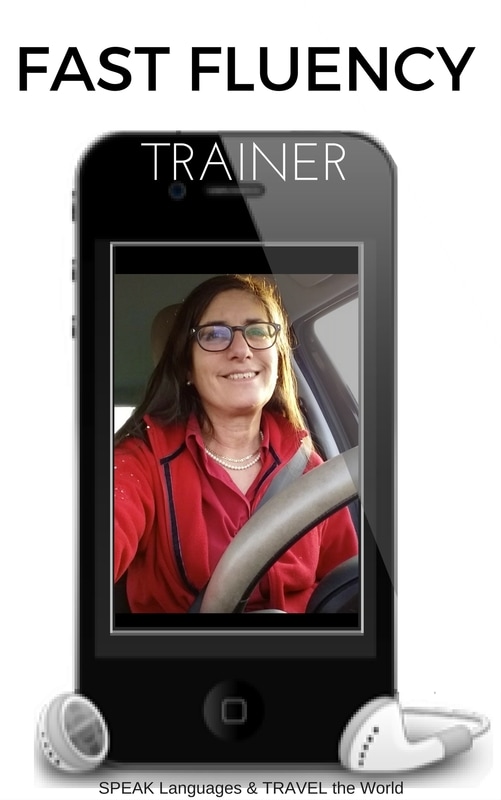

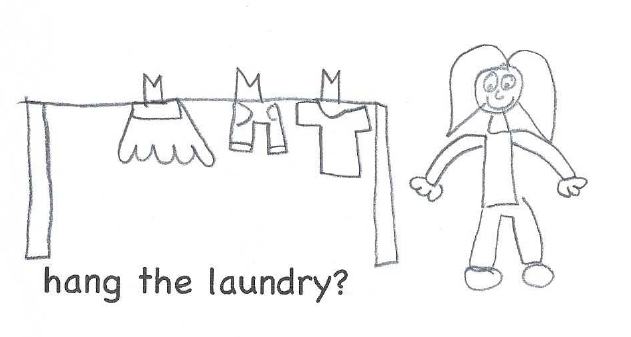










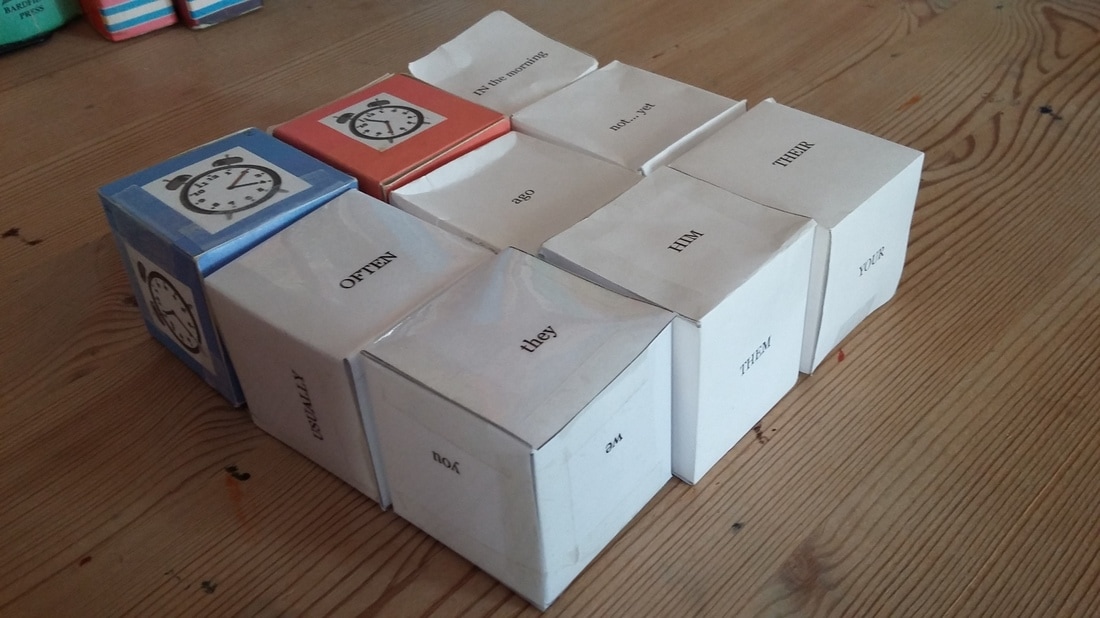

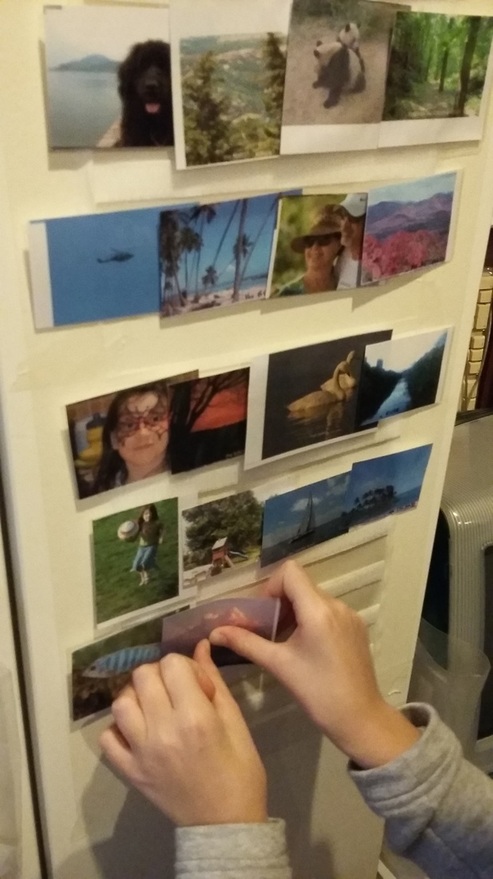
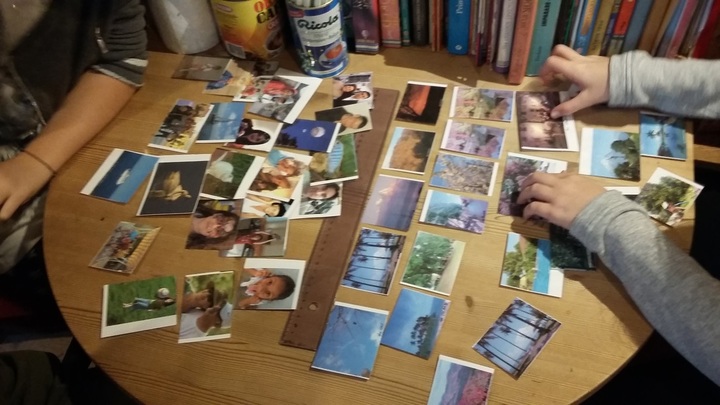
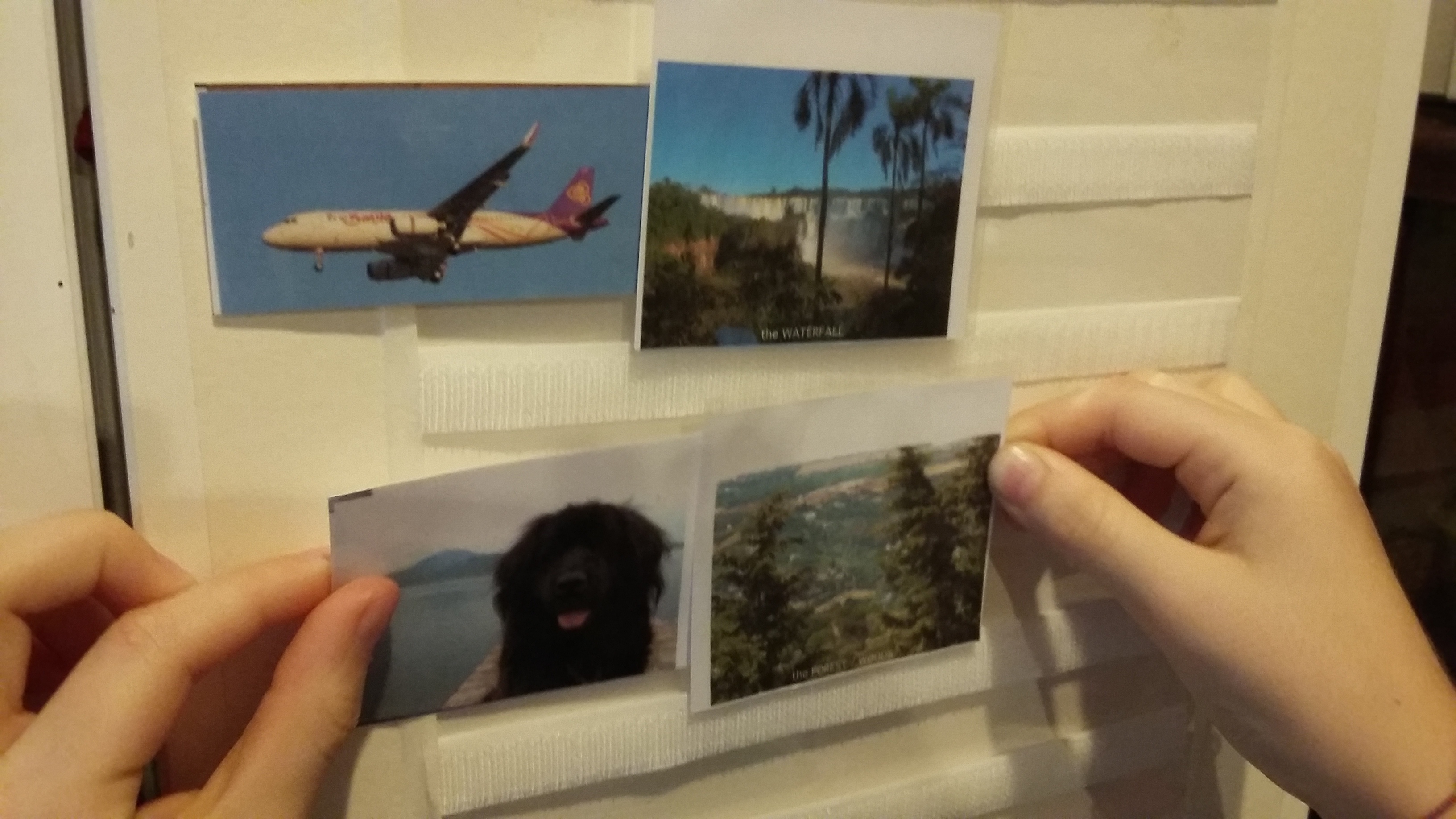
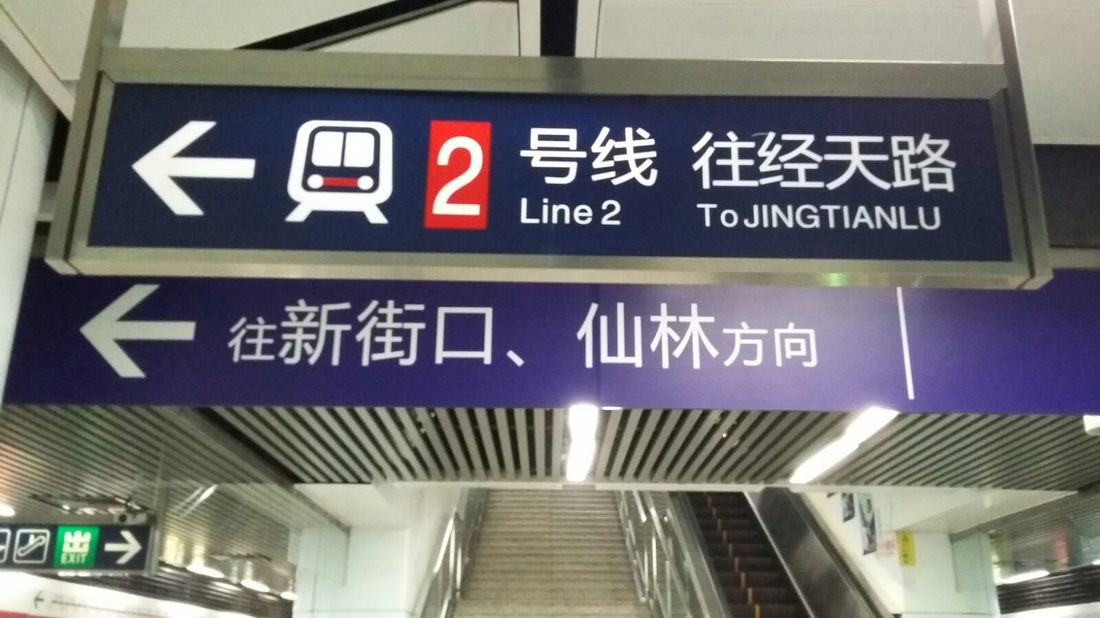
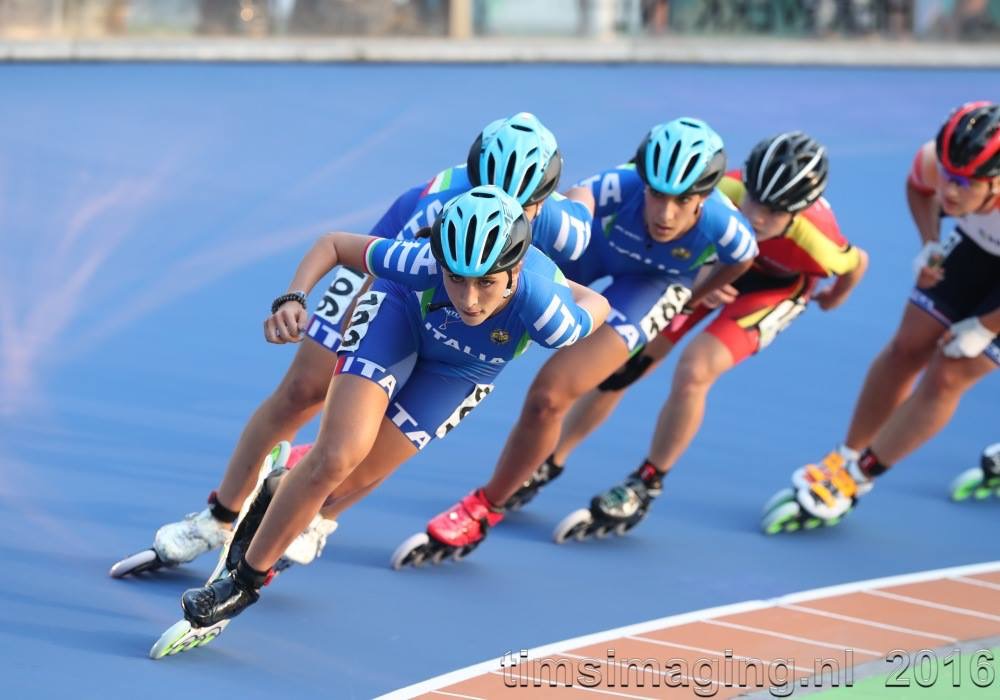






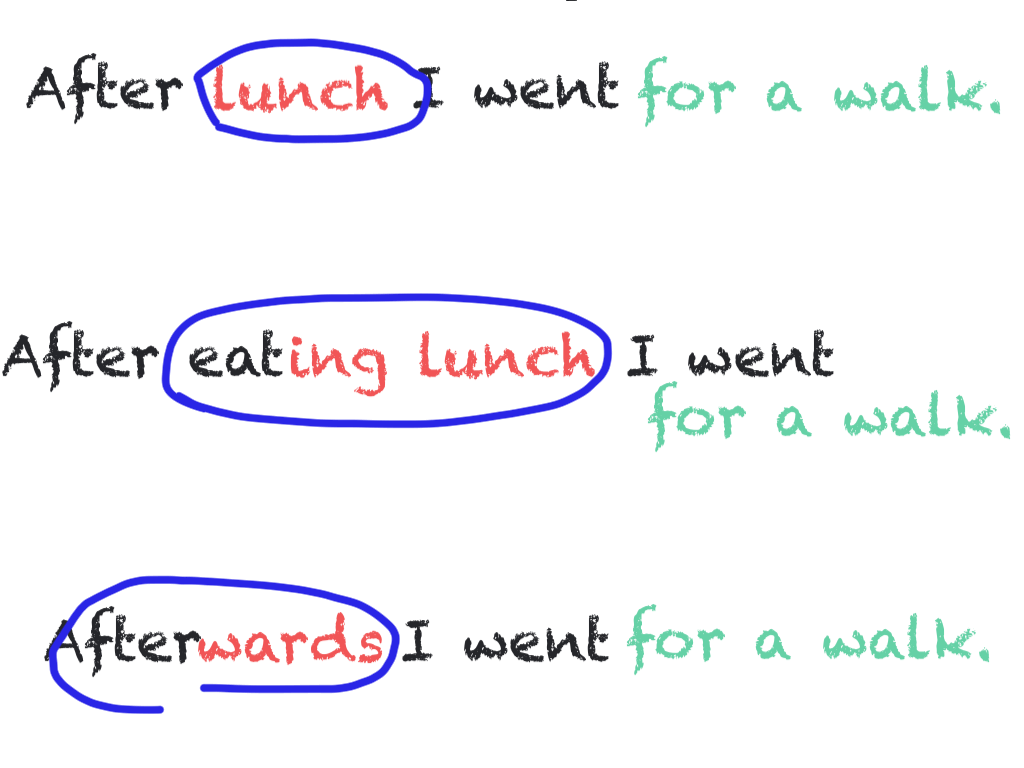





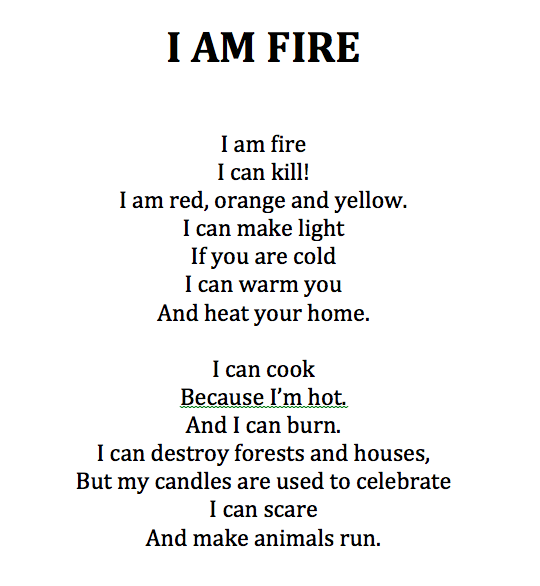
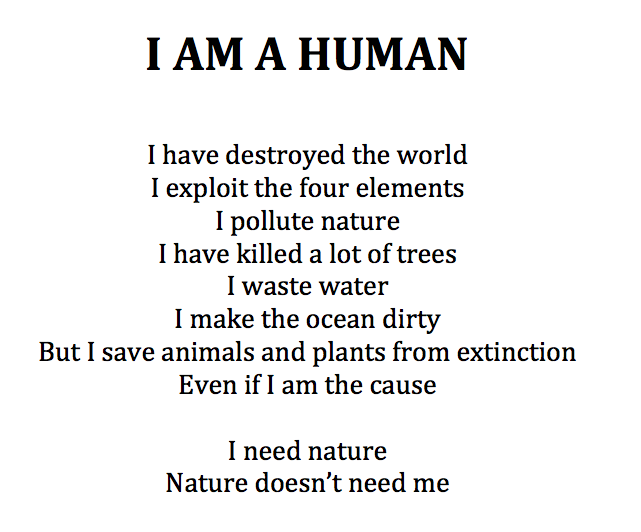



 RSS Feed
RSS Feed
